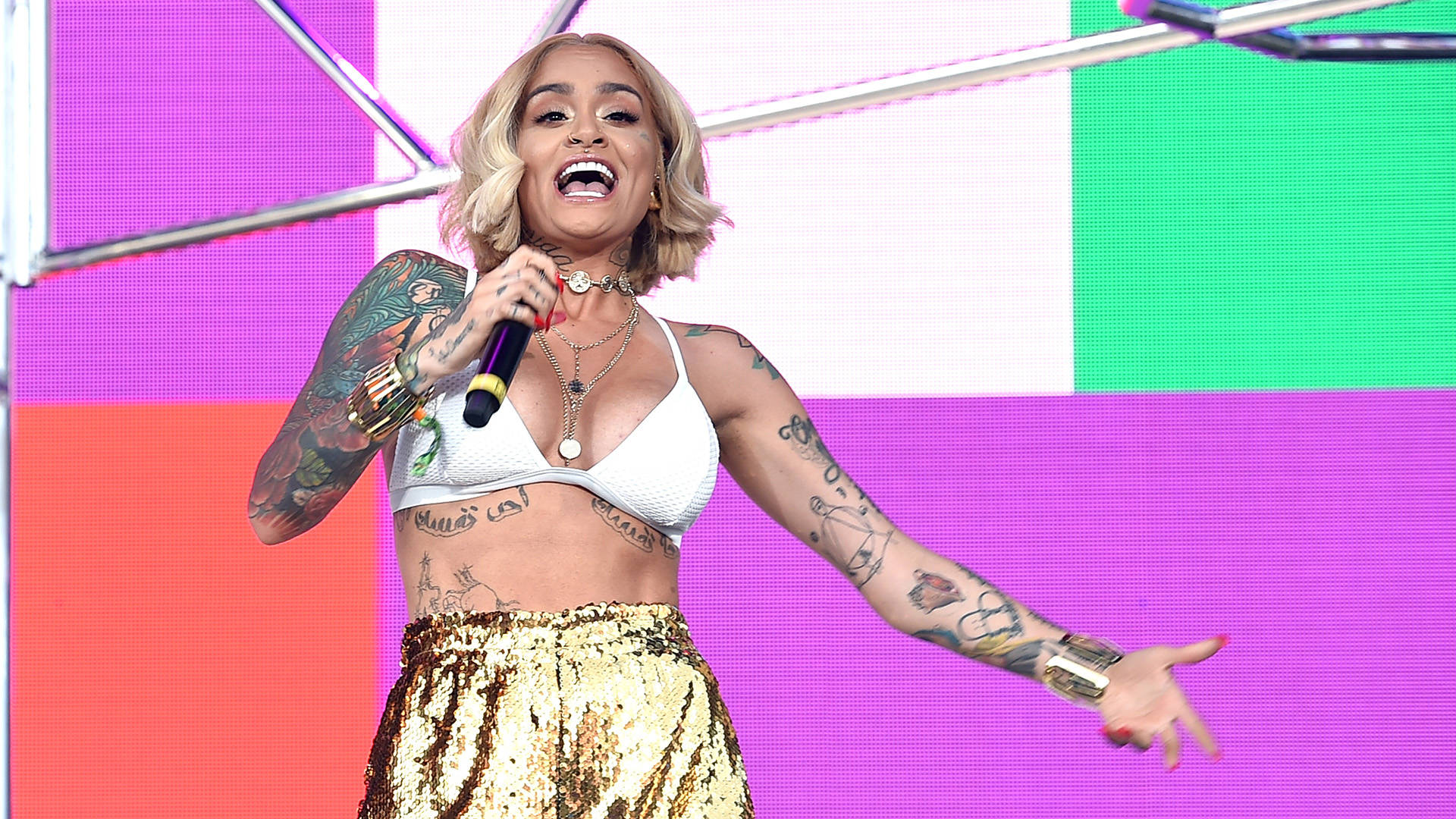In Charlie Puth’s music video for “Done for Me,” his dance single featuring Kehlani, the camera cuts to Kehlani dancing on a love interest under dim disco lights. As she cozies up next to the young woman in a hot tub and, later, on a silk comforter, Kehlani’s body language conveys an easy, natural affection — and not one contrived for shock value, like Katy Perry’s “I Kissed a Girl” and other gay-for-a-day displays in mainstream pop.
Kehlani has long been candid in interviews about her fluid sexuality and history of dating various genders. But with her recent exposure to a broader audience — opening for Demi Lovato’s tour, a feature on Cardi B’s Invasion of Privacy — some newer fans seemed to have questions about her sexuality.
On Apr. 22, Kehlani took to Twitter to clarify: “cuz i keep geddin asked.. i’m queer. not bi, not straight. i’m attracted to women, men, REALLY attracted to queer men, non binary people, intersex people, trans people. lil poly pansexual papi hello good morning. does that answer your questions?” (The tweet has since been deleted.)
The 23-year-old singer’s flexible definition of her sexuality resonates with an increasing number of young people. According to a recent study, less than half of U.S. teenagers identify as straight. And in the Bay Area, it’s more common to meet people who call themselves “queer” — as opposed to more traditional orientations like gay, lesbian or bisexual — to signify a greater fluidity and inclusion of trans and non-binary people.


